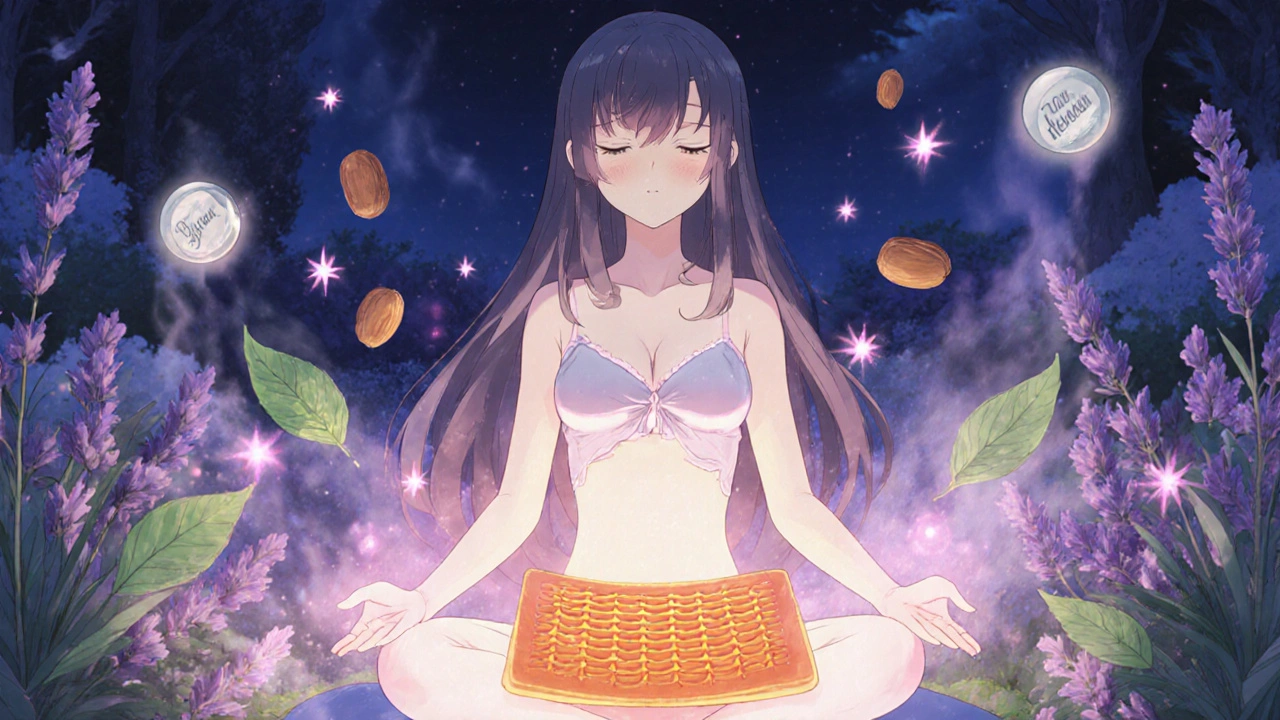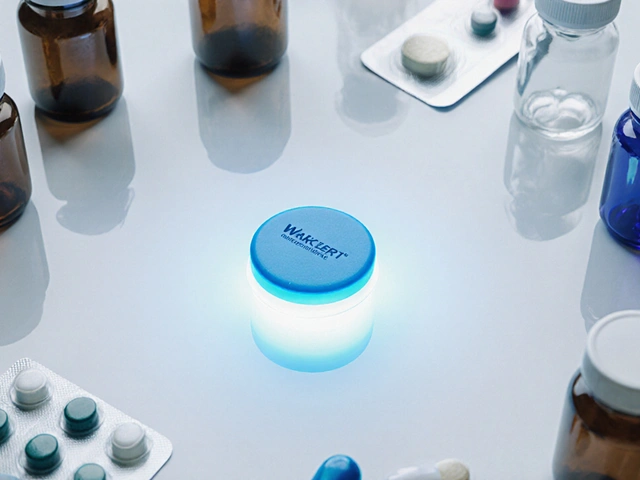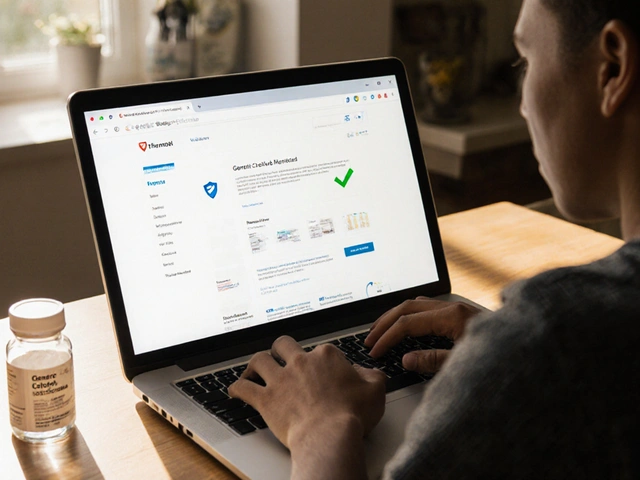Massage Technique Selector for Cramp Relief
Find Your Perfect Massage Technique
Answer a few questions to get personalized recommendations for the massage techniques that will work best for you.
Recommended Technique
Swedish Massage
Best for your mild lower abdomen pain with a focus on relaxation. This technique provides gentle strokes that improve blood circulation and help relax tense muscles.
Why this technique works for you:
Your symptom profile suggests that gentle circulation-boosting strokes would be most effective. Swedish massage targets the lower back and hips, which often mirror the source of menstrual discomfort.
Additional Suggestions
For maximum benefit, consider pairing your massage with these complementary practices:
- • Heat Therapy: Apply a warm water bottle for 15-20 minutes after your massage
- • Hydration: Drink a glass of water immediately after to help flush out inflammatory by-products
- • Gentle Yoga: Try Child's Pose or Cat-Cow stretches for 10 minutes following your session
When period pain hits, the urge to reach for a pill is strong, but many women discover a gentler fix: massage therapy. The right strokes can loosen tight muscles, boost blood flow, and quiet the ache that comes with menstrual cramps. Below we unpack why massage helps, which techniques work best, and how to blend it with other self‑care practices for lasting relief.
What Are Menstrual Cramps and Why Do They Hurt?
Menstrual Cramps are painful contractions of the uterus that occur during the first few days of a period. These cramps happen because the uterus releases prostaglandins, hormone‑like chemicals that make the uterine walls contract to shed the lining. Higher prostaglandin levels mean stronger squeezes, reduced blood flow to the tissue, and the sharp, throbbing pain many women call "period pain".
Beyond the uterus, pelvic floor muscles can go into spasm, adding a deep‑seated ache that radiates to the lower back and thighs. Stress, dehydration, and a sedentary lifestyle can amplify the discomfort, turning a manageable twinge into a day‑long struggle.
How Massage Therapy Intervenes
Massage works on several fronts that directly address the root causes of cramps:
- Improved Blood Circulation: Gentle pressure encourages fresh, oxygen‑rich blood to flow through the pelvic region, easing the oxygen deficit caused by uterine contractions.
- Muscle Relaxation: Targeted strokes release tension in the pelvic floor muscles. When these muscles relax, the secondary pain that mirrors uterine cramping diminishes.
- Endorphin Release: Massage stimulates the brain to release natural painkillers called endorphins, which can lower the perception of pain without drugs.
- Reduced Inflammation: Certain massage techniques promote lymphatic drainage, helping the body clear inflammatory by‑products that can worsen cramps.
- Stress Reduction: Lower cortisol levels calm the nervous system, making it less likely for the body to react with heightened muscle tension during a period.
Best Massage Techniques for Cramp Relief
Not all massages are created equal when it comes to period pain. Here are the most effective styles and what they bring to the table:
| Technique | Pressure Level | Target Area | Key Benefits | Typical Session Length |
|---|---|---|---|---|
| Swedish Massage | Light to medium | Full body, focusing on lower back and hips | Relaxation, increased circulation, mild pain relief | 45‑60 minutes |
| Deep Tissue Massage | Medium to firm | Pelvic floor, quadriceps, glutes | Breaks down muscle knots, reduces deep‑seated cramping | 30‑45 minutes |
| Trigger Point Massage | Firm | Specific tender spots in the lower abdomen and hips | Directly releases spasms, lowers prostaglandin‑related pain | 15‑30 minutes |
| Lymphatic Drainage | Very light | Entire pelvic region | Reduces swelling, speeds removal of inflammatory fluids | 30‑40 minutes |
Most practitioners recommend starting with a Swedish or Lymphatic session during the first two days of a period, then moving to deeper techniques if pain persists.

DIY Massage Tips You Can Try at Home
If you can’t book a therapist right away, a few simple moves can still provide relief. Use a warm oil (like almond or grapeseed) to reduce friction and follow these steps:
- Lie on your back with knees bent and feet flat on the floor.
- Place your fingertips just above the pubic bone and press gently in circular motions for 1‑2 minutes.
- Slide your hands down to the lower back, using long, gliding strokes along the spine toward the hips.
- Focus on the outer thigh muscles (the quadriceps and hamstrings) - tightness here often mirrors pelvic tension.
- Finish with a gentle kneading motion on the glutes, which can release pressure on the sacral nerves that feed the uterus.
Spend 10‑15 minutes on this routine once or twice a day. Consistency is key; the more regular the massage, the quicker the body learns to relax the pelvic floor during each cycle.
Combining Massage with Other Natural Cramp‑Relief Strategies
Massage shines brighter when paired with complementary habits. Here are three low‑cost allies:
- Heat Therapy: A warm water bottle or heating pad placed on the lower abdomen relaxes smooth muscles, enhancing the effect of a massage session.
- Gentle Yoga: Poses like Child’s Pose, Cat‑Cow, and Supine Twist stretch the lower back and hips, keeping the pelvic floor supple.
- Hydration & Magnesium: Adequate water intake supports circulation, while magnesium‑rich foods (leafy greens, nuts) can lower prostaglandin production.
When you finish a massage, follow up with a short yoga flow and a warm compress. The combined approach often cuts cramp intensity by half compared to using any single method alone.

When to See a Professional
Massage isn’t a cure‑all. If you notice any of these signs, book an appointment with a qualified therapist or a healthcare provider:
- Pain that doesn’t improve after three consecutive cycles.
- Heavy bleeding that soaks through a pad in under an hour.
- Accompanying symptoms like fever, foul‑smelling discharge, or sudden weight loss.
These could indicate underlying conditions such as endometriosis, fibroids, or infection that need medical attention beyond massage.
Key Takeaways
- Massage therapy boosts blood flow, relaxes pelvic muscles, and releases endorphins that naturally curb menstrual pain.
- Swedish, Deep Tissue, Trigger Point, and Lymphatic drainage are the top techniques for cramp relief.
- DIY home massage, heat packs, gentle yoga, and magnesium can amplify the benefits.
- Consistent weekly sessions often reduce cramp severity over time.
- Seek professional help if pain is severe, persistent, or accompanied by abnormal symptoms.
Can massage replace over‑the‑counter painkillers for period cramps?
Massage can reduce the need for painkillers in many cases, especially when done regularly. However, if cramps are extremely painful, a short course of NSAIDs may still be advisable. Always discuss with a healthcare professional before stopping medication.
How often should I get a professional massage during my period?
One to two sessions in the first three days of your cycle is usually enough. If pain lingers, a third session later in the week can help. Space sessions at least 48 hours apart to allow muscles to recover.
Is it safe to self‑massage the lower abdomen?
Yes, gentle circular motions with light pressure are safe. Avoid deep, aggressive strokes directly on the uterus. If you feel sharp pain, stop immediately and consider a therapist’s guidance.
Do certain oils enhance the pain‑relieving effect?
Essential oils like lavender or clary sage, diluted in a carrier oil, have mild anti‑inflammatory properties and can improve relaxation. Always do a patch test first.
Can massage help with other menstrual symptoms like bloating?
Yes. By stimulating lymphatic drainage and improving circulation, massage can reduce fluid retention and ease bloating. Pair it with a low‑salt diet for best results.






Comments
Kevin Hylant
October 22, 2025 AT 14:20 PMMassage can actually cut down the cramp pain if you hit the right spots. I’ve been using a light Swedish routine right after my period starts and the throbbing eases within ten minutes.
Holly Green
October 22, 2025 AT 15:10 PMThe article nails the basics, but remember to keep the pressure gentle-your uterus isn’t a thick muscle like the back.
Craig E
October 22, 2025 AT 16:16 PMWhen I first read about the link between massage and prostaglandins, I was skeptical, yet the science soon painted a vivid picture of how gentle pressure can coax the body toward equilibrium. The uterus, a tireless organ, contracts under the influence of these hormone‑like chemicals, and the resulting squeeze can starve the surrounding tissue of oxygen. By encouraging fresh, oxygen‑rich blood to flow into the pelvic region, massage acts like a tiny river that erodes the dam of pain. Moreover, relaxing the pelvic floor muscles releases a cascade of endorphins, those natural analgesics that whisper calm to the nervous system. I have tried a Swedish session on the first day of my cycle, focusing on long, gliding strokes along my lower back, and felt the ache melt like candle wax. On another occasion I experimented with trigger point work near my hips, applying firm pressure for a brief thirty seconds; the localized spasm vanished almost instantly, leaving a warm afterglow. The lymphatic drainage technique, though subtle, is akin to a gentle tide that sweeps away inflammatory debris, reducing swelling that often compounds discomfort. Beyond the physical benefits, there is a meditative quality to the ritual; the warmth of the oil, the steady rhythm of the therapist’s hands, and the quiet breathing create a sanctuary from the chaos of daily life. Over several months of consistent sessions, I noticed that my cramps became not only less severe but also shorter in duration, suggesting a form of muscular memory that anticipates and mitigates the uterine contractions. It is as if the body learns to relax on cue, a lesson that extends to yoga poses and even daily posture. The synergy of heat therapy, proper hydration, and magnesium‑rich foods further amplifies this effect, turning a simple massage into a cornerstone of comprehensive menstrual care. In short, massage is not a magic wand, but a powerful ally that engages multiple pathways-circulatory, neurological, and emotional-to usher in relief. If you give it a chance, you may find yourself reaching for the massage table before the pharmacy counter.
Oliver Johnson
October 22, 2025 AT 17:23 PMHonestly, I think the whole “massage cures cramps” hype is just another wellness fad sold to gullible fans.
Taylor Haven
October 22, 2025 AT 18:30 PMLet me lay it out plainly: the prevailing narrative that massage alone can neutralize menstrual agony is a thinly veiled distraction from the grander scheme of pharmaceutical control. Every time a wellness brand touts a “natural” fix, it diverts attention from the enviable profits of Big Pharma, which quietly funds the research that claims only certain “active ingredients” work. Massage parlors, especially those that market themselves as holistic havens, are often fronts for data collection, feeding algorithms that predict which women are likely to purchase overpriced supplements. The oils you drizzle on your skin may contain trace amounts of synthetic compounds, subtly influencing hormone levels while you remain blissfully unaware. Moreover, the emphasis on endorphin release conveniently aligns with a capitalist desire to keep consumers chasing the next “high” without addressing underlying gynecological issues. While a gentle stroke can soften a fleeting cramp, it does little for structural problems like endometriosis, which the article merely hints at in a footnote. In short, consider the larger context: the massage industry is part of a sprawling ecosystem that privileges profit over genuine health empowerment.
Sireesh Kumar
October 22, 2025 AT 19:36 PMI never thought a simple rub could feel like a secret ceremony, but the warm oil and slow circles actually calm the storm inside, turning a painful hour into a quiet moment of self‑care.
Ritik Chaurasia
October 22, 2025 AT 20:43 PMIn many South Asian traditions we’ve used abdominal massage with herbal oils for generations, and it’s not just folklore – the rhythmic pressure aligns with Ayurvedic principles that balance vata and pitta, which can dramatically ease menstrual distress.
Jonathan Harmeling
October 22, 2025 AT 21:50 PMImagine a painter who dabs color onto a restless canvas; that’s how a well‑timed massage brushes serenity across the chaotic landscape of a period, each stroke a whispered promise of relief.
Vandermolen Willis
October 22, 2025 AT 22:56 PMGreat insights, Craig! I’ve tried the lymphatic drainage yourself and felt a noticeable drop in bloating after a few sessions 🙂. Pairing it with a short yoga flow really seems to amplify the calm.
Steven Young
October 23, 2025 AT 00:03 AMOliver’s point hits hard but let’s not forget the hidden agenda behind the “wellness” wave it’s all about control and profit you can’t see the truth